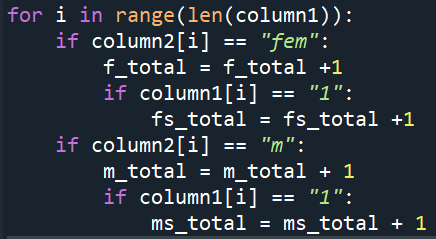Op-Ed: Treatment of Invasive Species
How to Deal With Invasives Lynn Hui I hate kudzu. Kudzu is an invasive vine that grows at lightning speed, a rabid relative of Jack’s colossal beanstalk. With a growth rate of one foot per day, it sprints along the ground and smothers everything in its path. As a Tennessean, I am familiar with the grotesque, green-carpeted spaces common in the South. Kudzu is the quintessential invasive species, organisms defined by the National Invasive Species Information Center as “1) non-native (or alien) to the ecosystem under consideration and, 2) whose introduction causes or is likely to cause economic or environmental harm or harm to human health.” 1 I have a grudge against these creeping, intruding, overwhelming creatures. Birdwatching has been a cherished hobby for much of my life, and my awareness of invasive species may stem from the fact that ...






